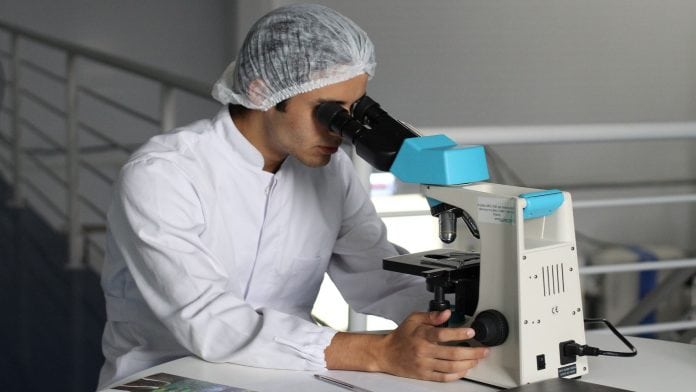
A new nanoparticle cancer therapy, which will help deliver a combination therapy direct to cancer cells, could be imminent according to new research from the University of East Anglia, UK.
This nanoparticle cancer therapy has shown promise, with reports saying that it makes breast cancer and prostate cancer tumours more sensitive to chemotherapy.
It’s close to entering clinical trials and with scientists at UEA’s Norwich Medical School confirming that it can be mass produced, it will make it a viable treatment if approved in the human trials.
How does the nanoparticle therapy work?
Using nanoparticles to get drugs directly into a tumour is a growing area of cancer research. This technology is the first of its kind to use nanoparticles to deliver two drugs in combination to target cancer cells.
Docetaxel is a drug used to treat many cancers, particularly:
- Breast
- Prostate
- Stomach
- Head and neck and
- Some lung cancers.
However, its toxicity can lead to serious side effects for patients whose tumours are chemo-resistant.
With these nanoparticles that the UEA team have developed, it means they can deliver the drugs directly to the tumour site, meaning these risks are vastly reduced. Additionally, the targeted approach means less of the drug is needed to kill off the cancer cells.
Solving the problem of toxicity
Lead researcher Dr Dmitry Pshezhetskiy from the Norwich Medical School at UEA explained: “So far nobody has been able to find an effective way of using fingolimod in cancer patients because it’s so toxic in the blood.
“We’ve found a way to use it that solves the toxicity problem, enabling these two drugs to be used in a highly targeted and powerful combination.”
How was the therapy created?
The UEA researchers worked with Precision NanoSystems’ Formulation Solutions Team who used their NanoAssemblr™ technology to investigate if it was possible to synthesise the different components of the therapy at an industrial scale.
Following the successful results on industrial scale production, and a published international patent application, the UEA team is now looking for industrial partners and licensees to move the research towards a phase one clinical trial.
Also included within the nanoparticle package are molecules that will show up on an MRI scan, enabling clinicians to monitor the spread of the particles through the body.
What’s next for the therapy?
The team has already carried out trials in mice that show the therapy is effective in reducing breast and prostate tumours. These results were published in 2017.
Pshezhetskiy concluded: “Significantly, all the components used in the therapy are already cleared for clinical use in Europe and the United States.
“This paves the way for the next stage of the research, where we’ll be preparing the therapy for patient trials.”







